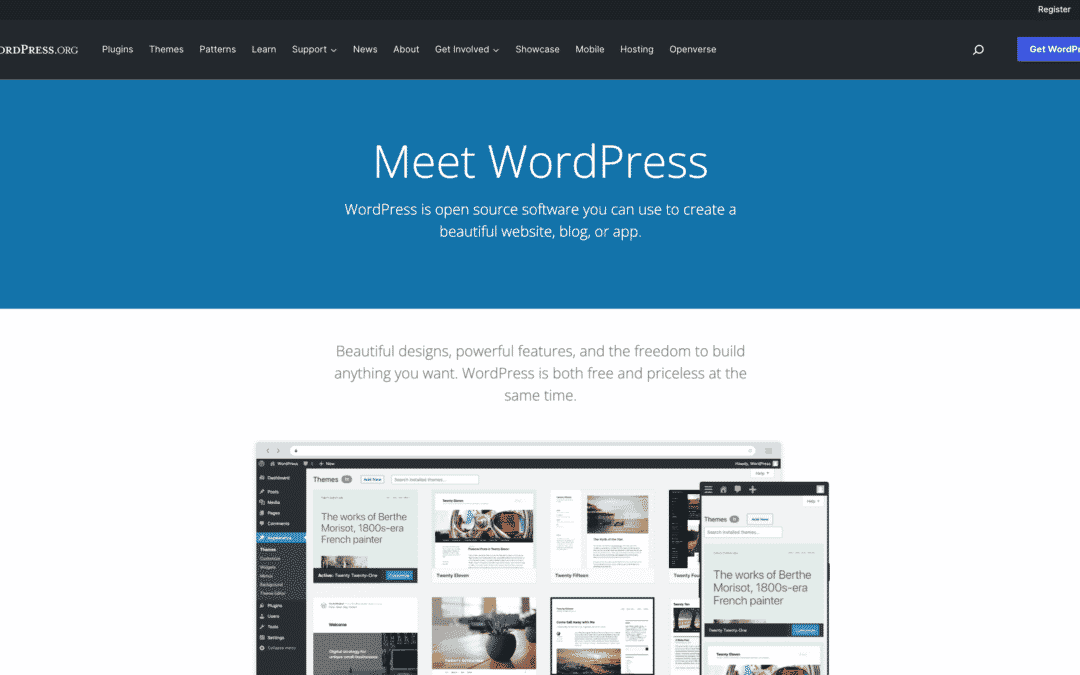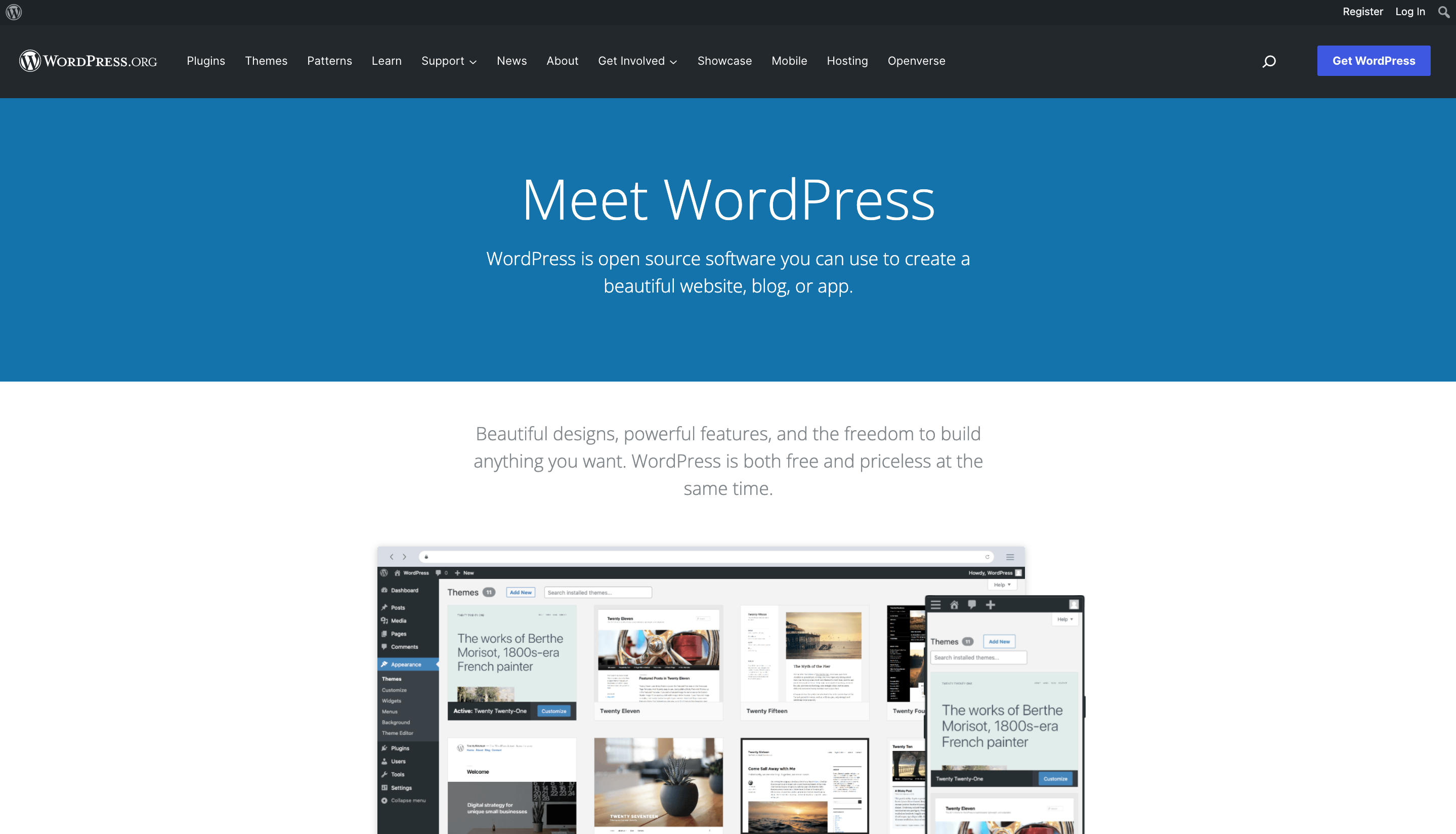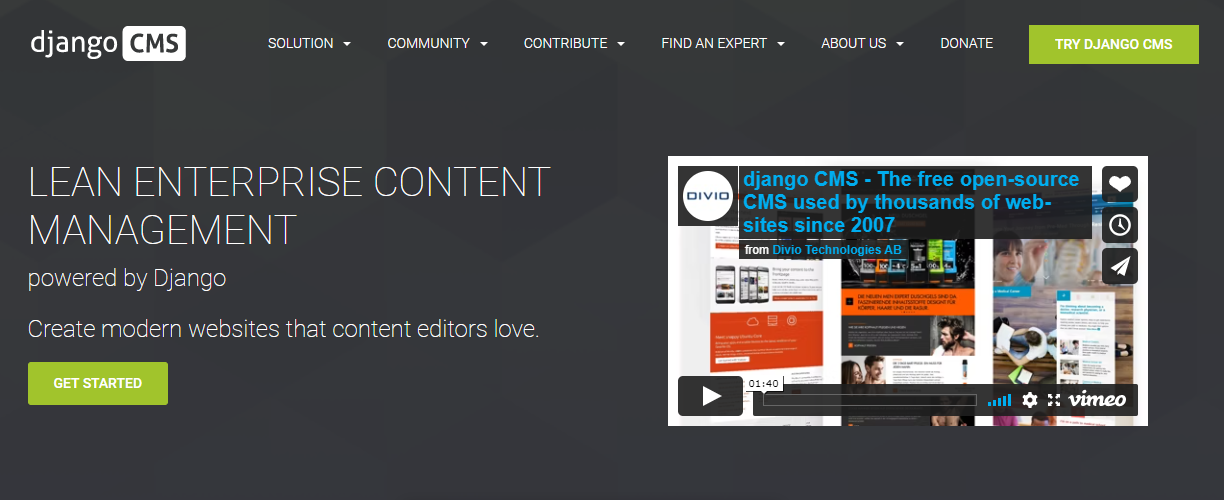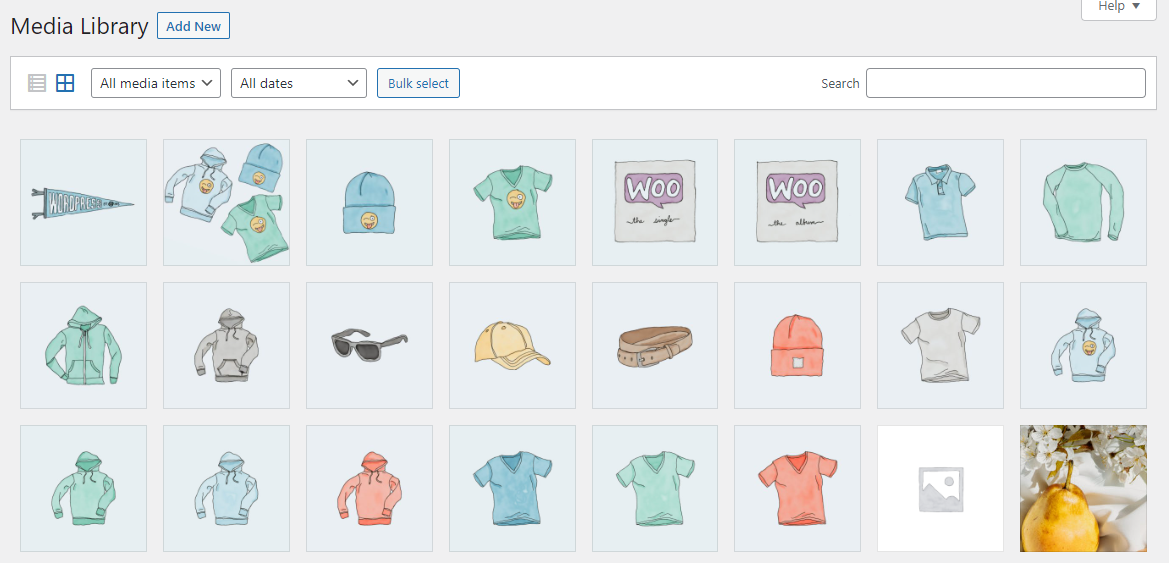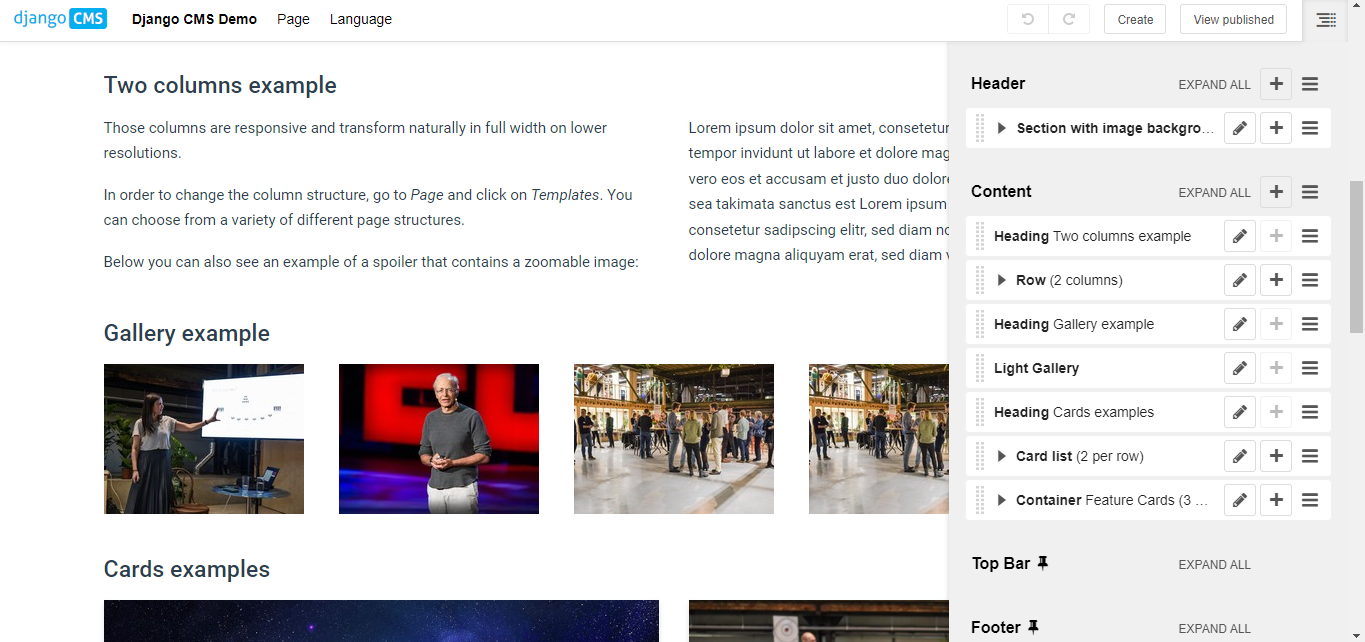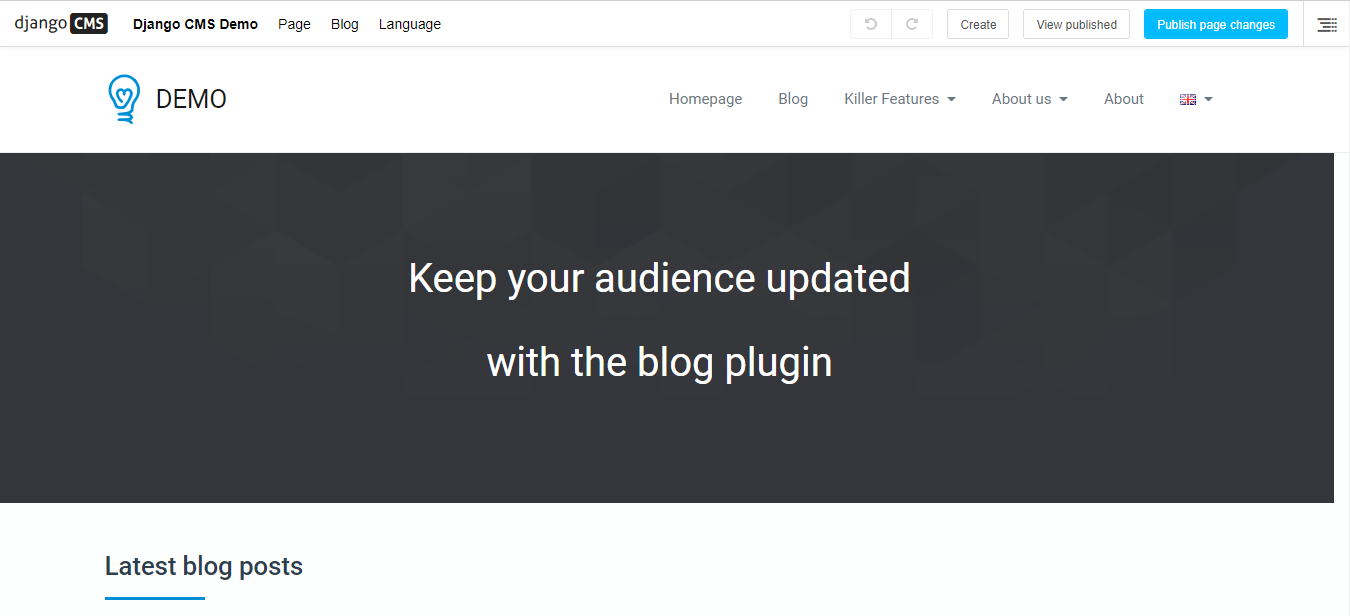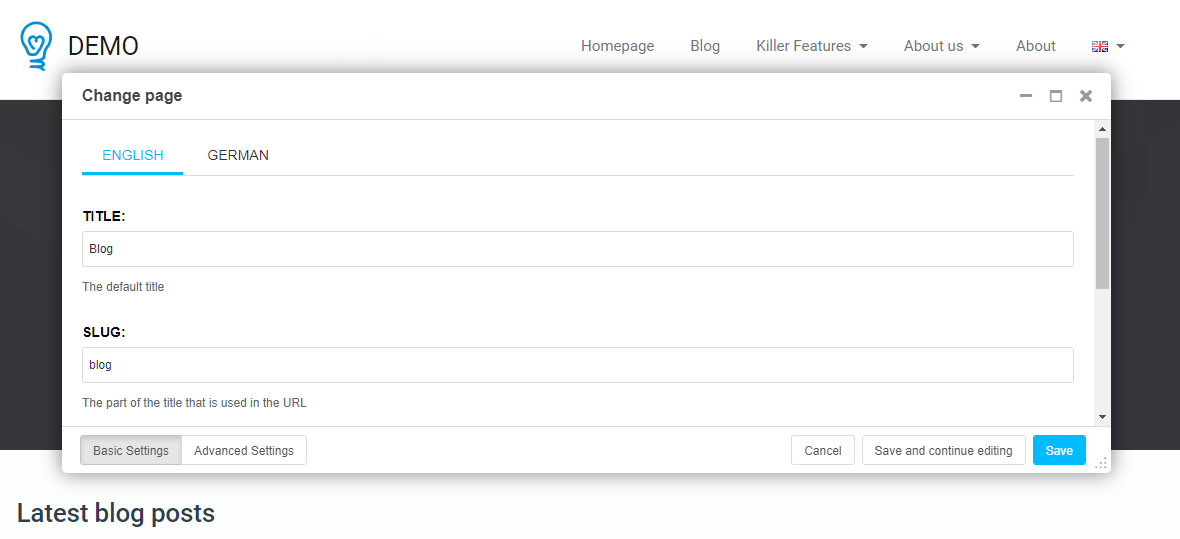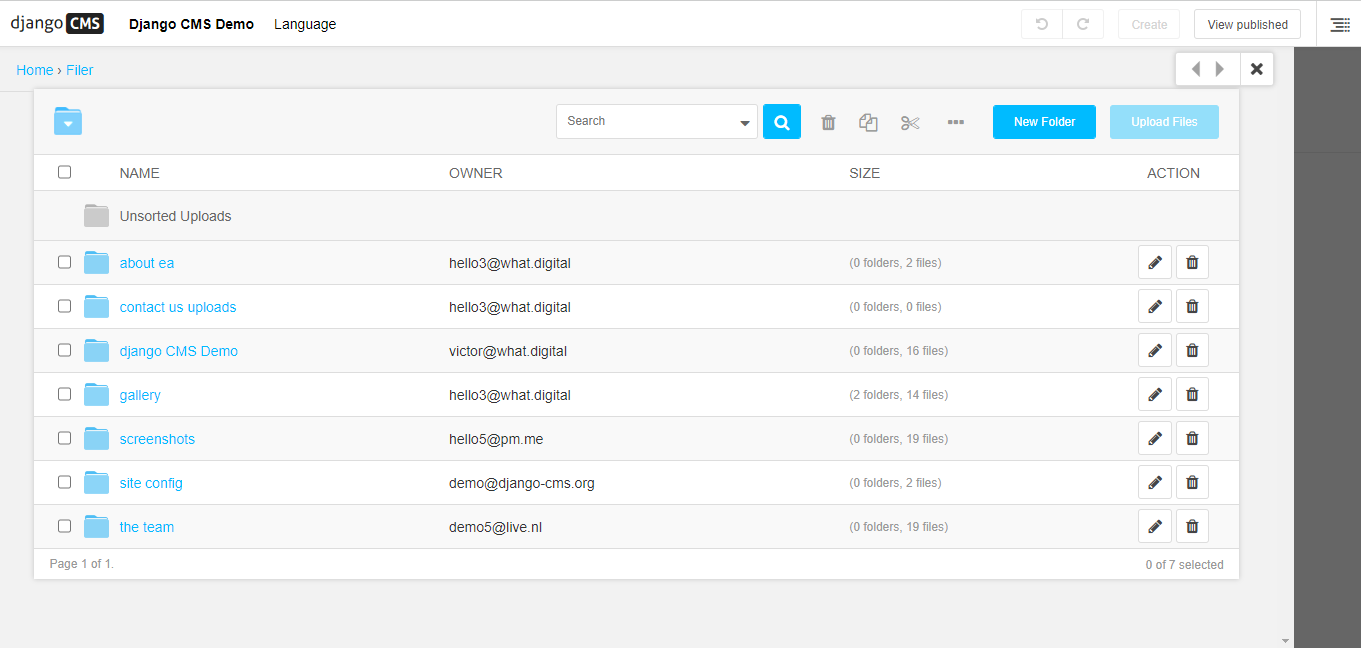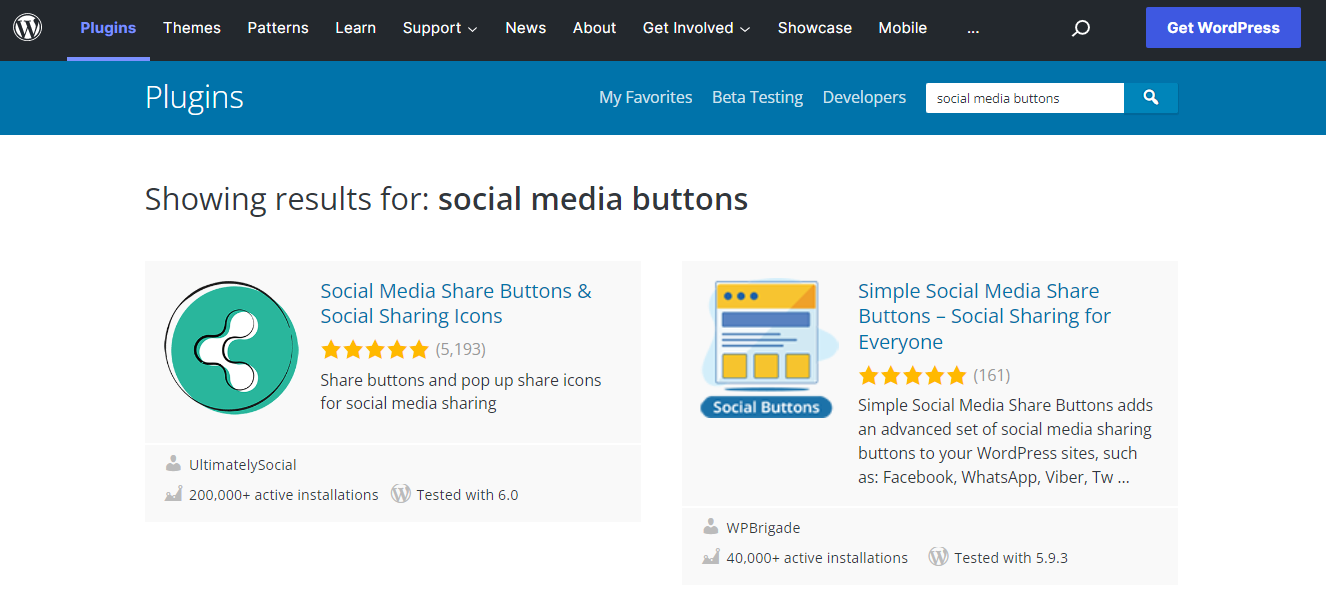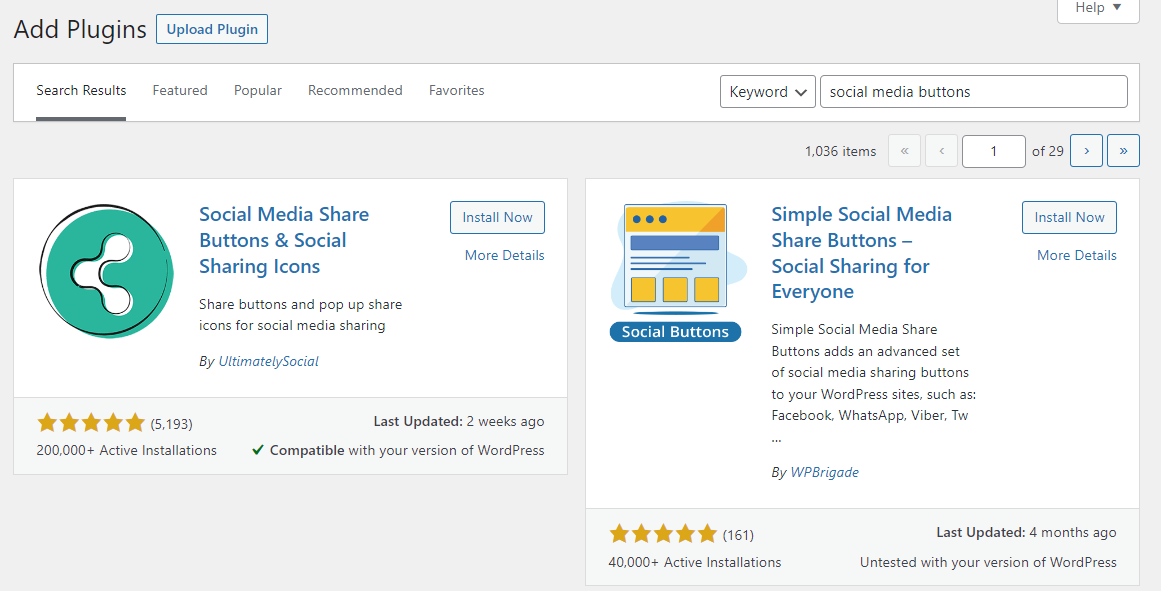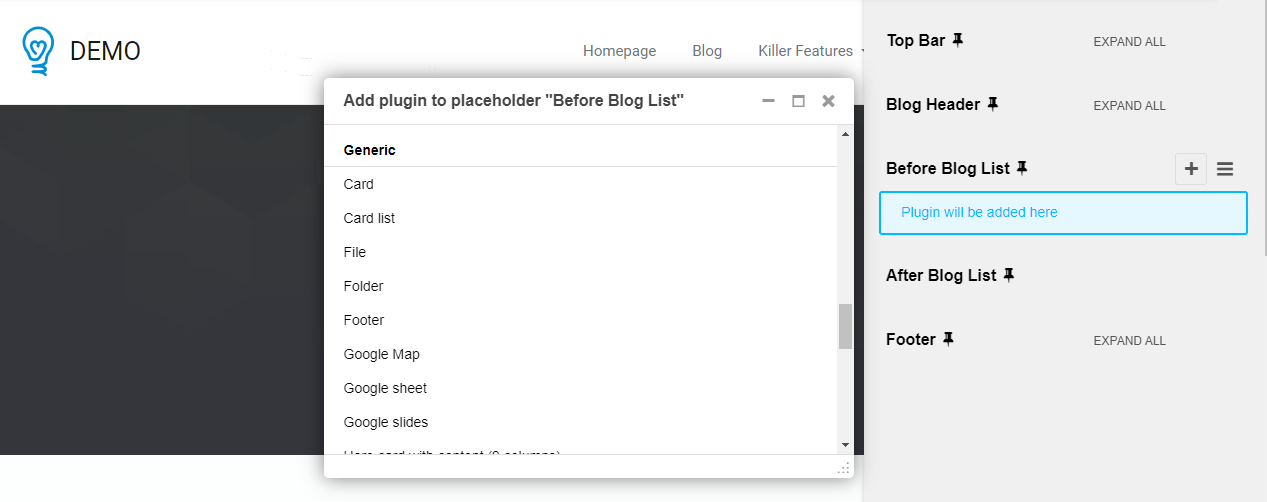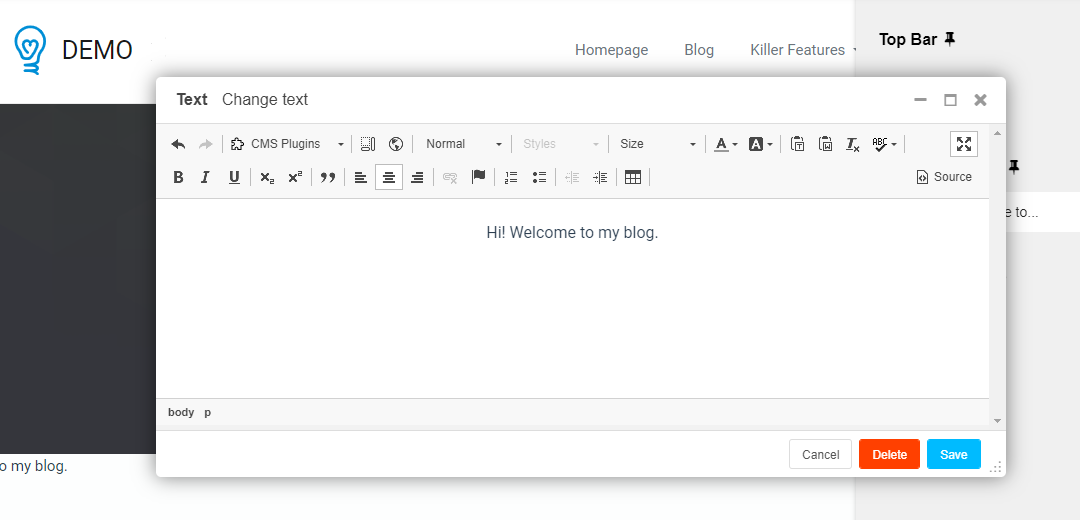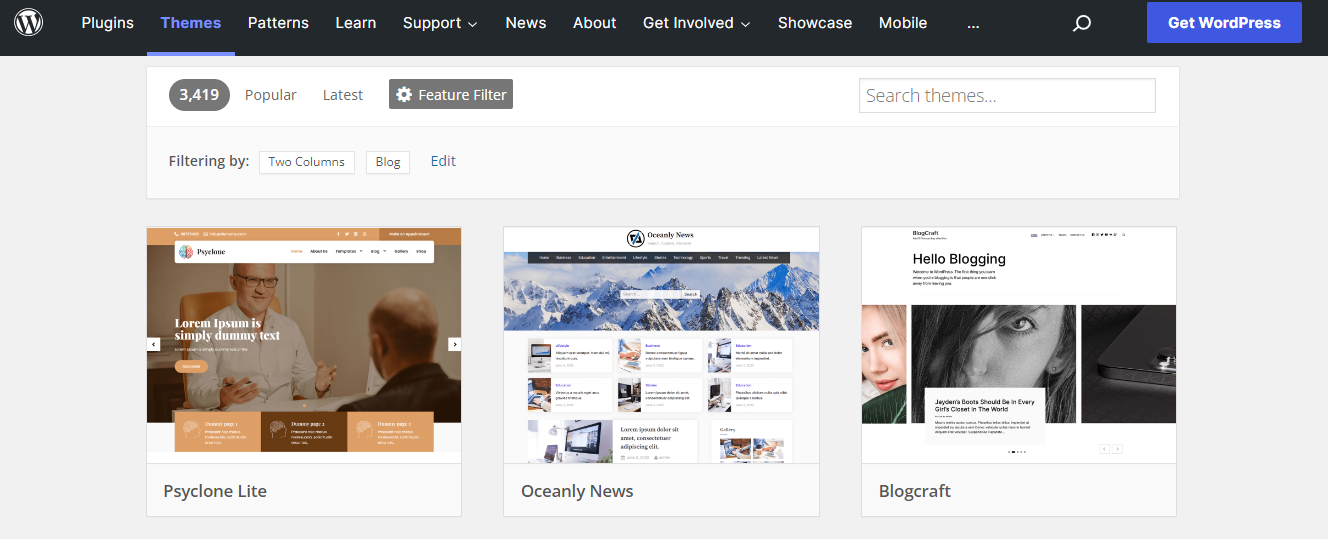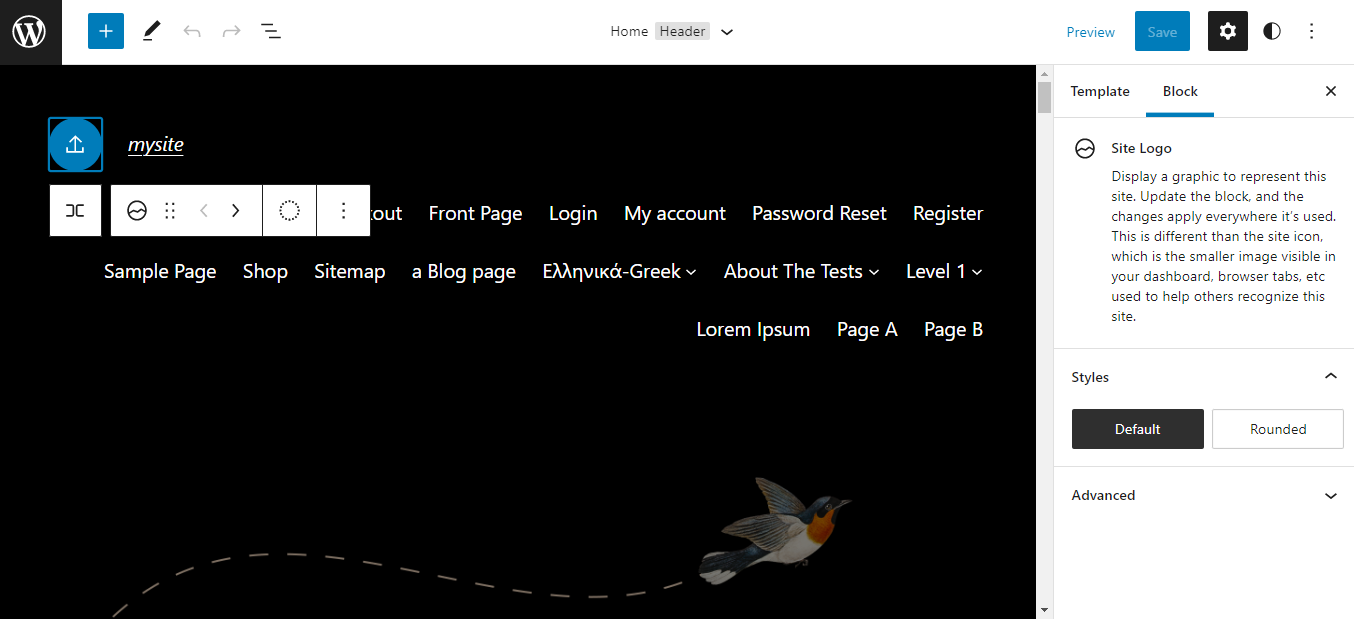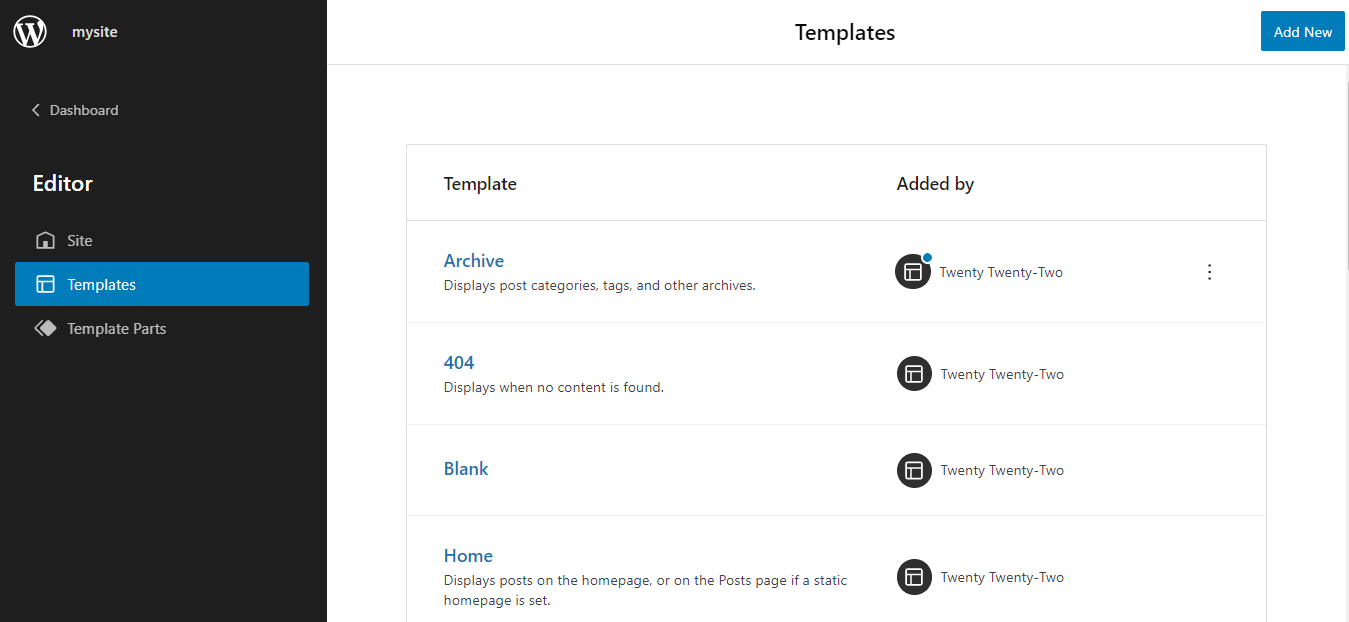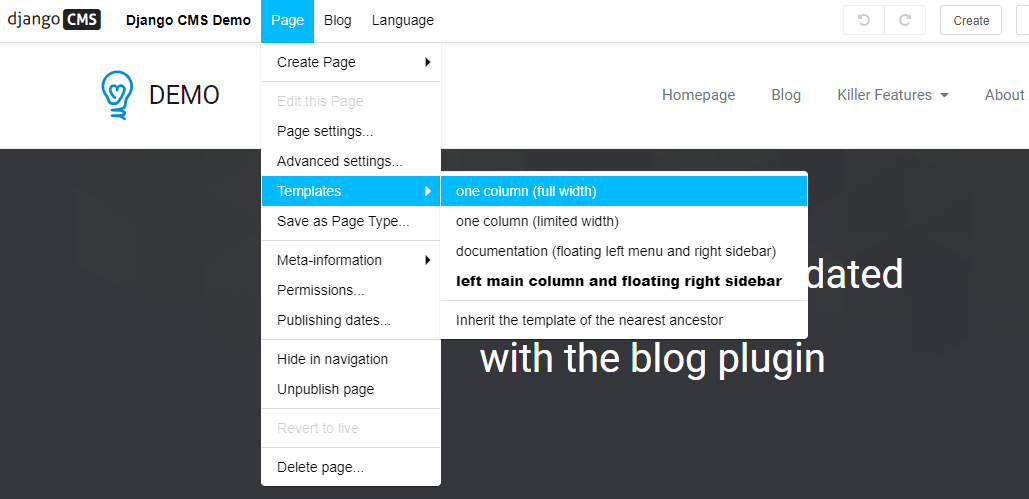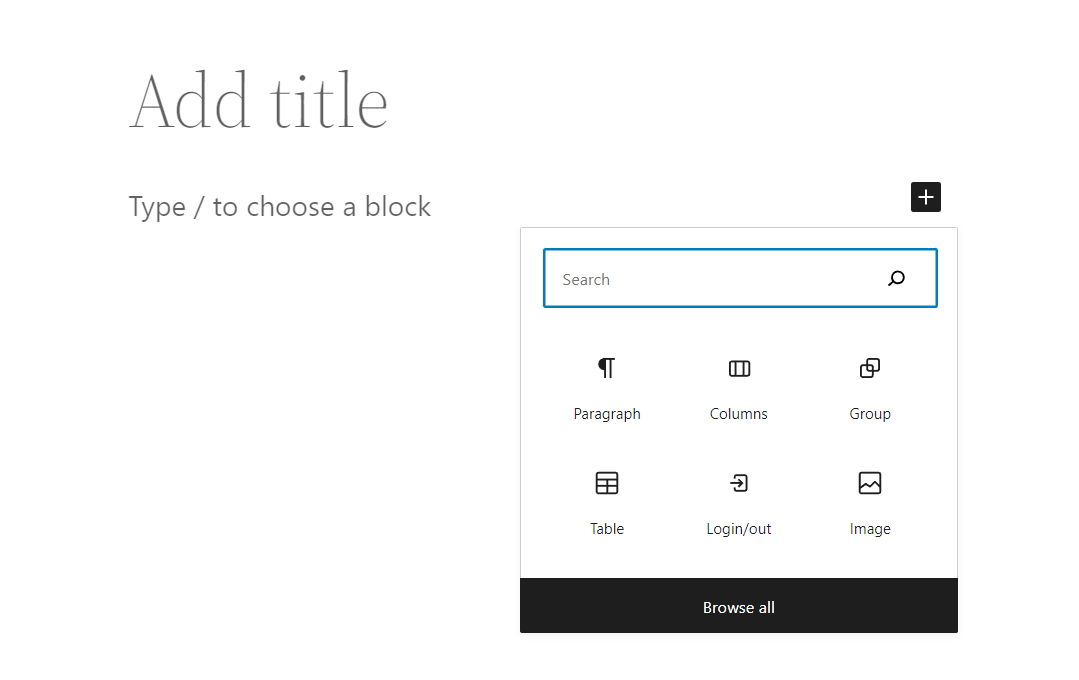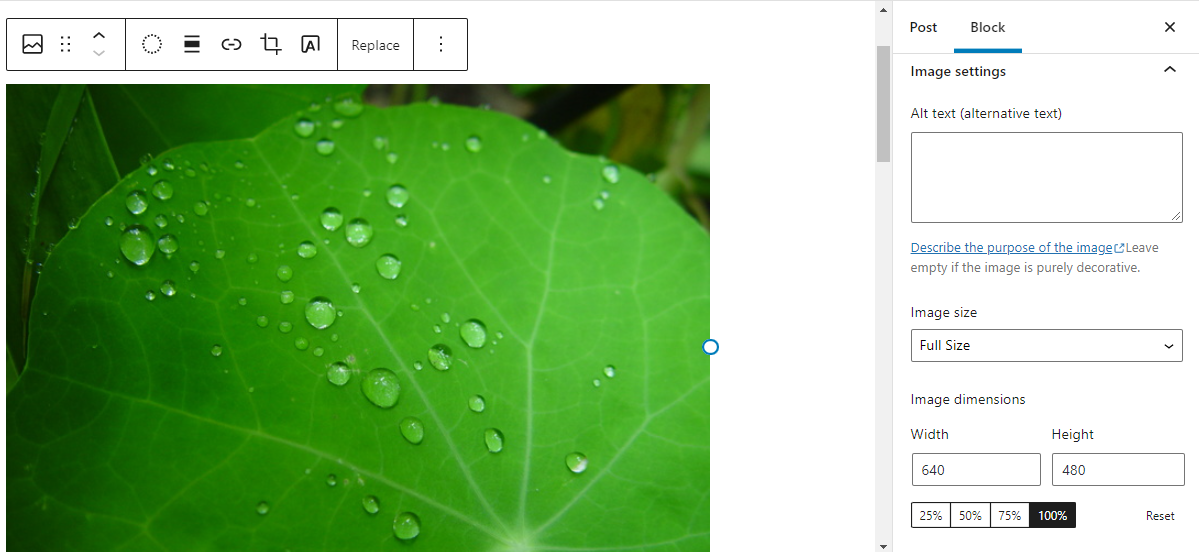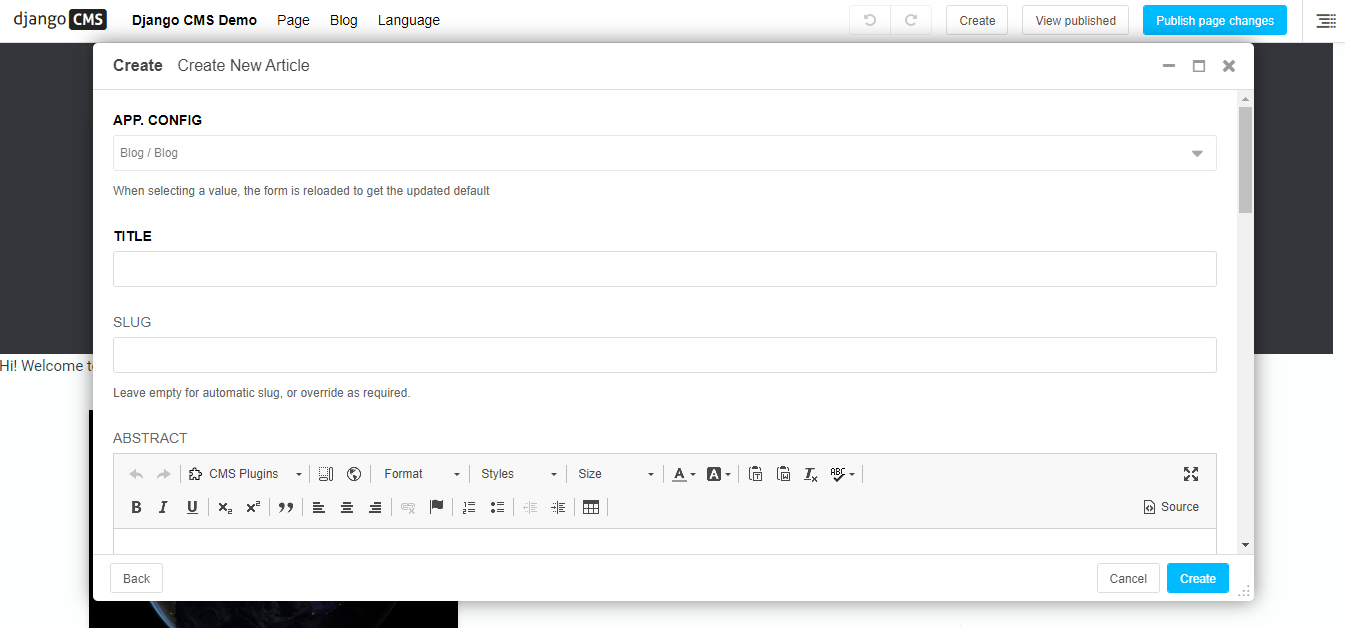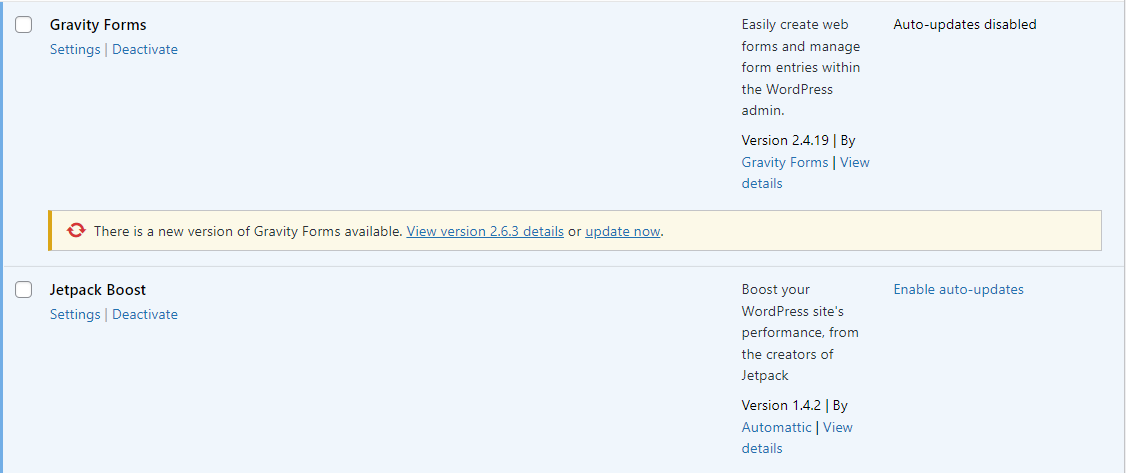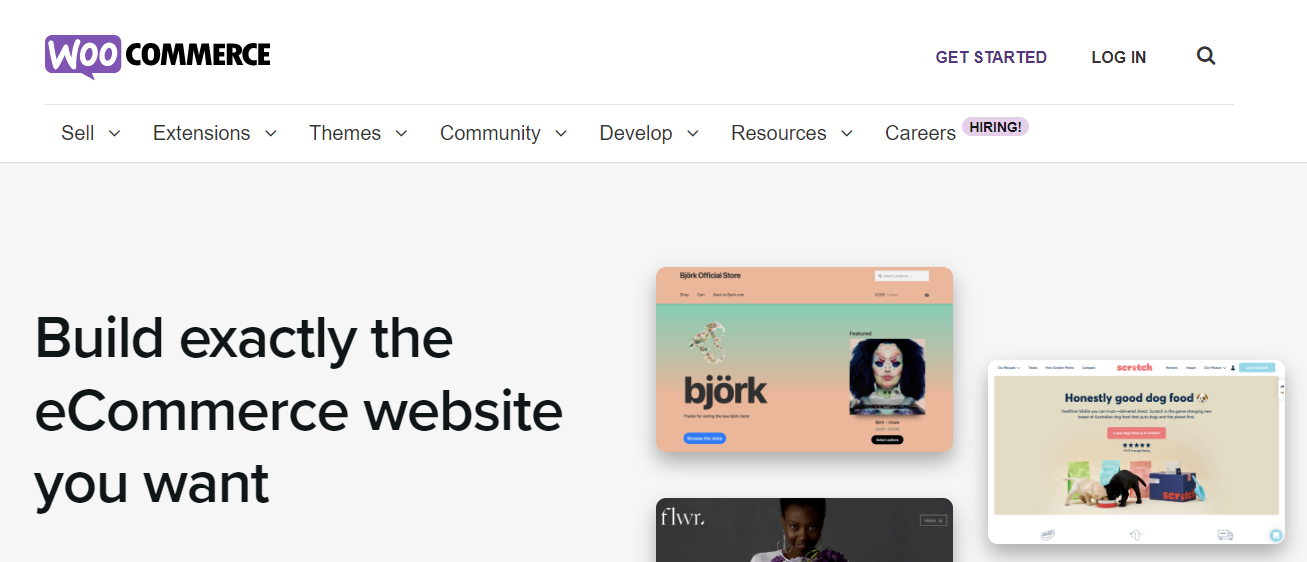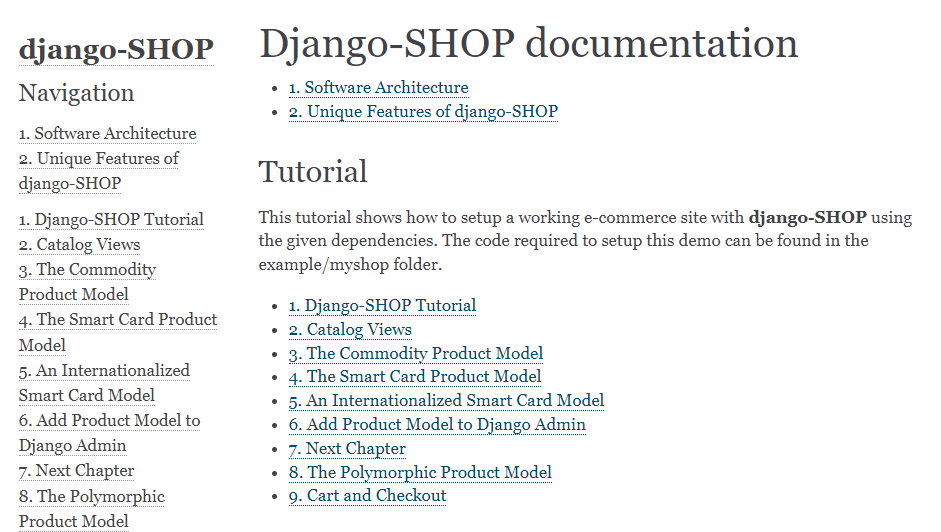There are many Content Management Systems (CMSs) that you can use to create your website. WordPress and Django CMS are two popular options, but you might find it difficult to determine which platform will work best for you.
In this post, we’ll discuss WordPress vs Django CMS and walk about who should consider using each option. We’ll also compare the two platforms in terms of their ease of use, security, publishing tools, and more. Let’s get started!
WordPress vs Django CMS: Who Are They For?
When choosing a CMS, it’s important to think about the type of content you plan to create. WordPress and Django CMS are two very different platforms, designed for specific types of users and purposes.
WordPress
WordPress is a free and open-source software that was originally developed as a blogging platform:
Today, WordPress is the most popular CMS in the world, powering over 40 percent of websites due to its easy-to-use inteface and large number of themes and plugins. You can use WordPress for any type of project, including portfolios, online shops, business sites, and more.
WordPress is built on PHP. However, you can build a fully-functional website without touching a line of code. That makes this CMS a more suitable choice for those without coding knowledge.
Django CMS
Django CMS is a free and open-source framework that gives users the flexibility to build professional and customized websites from the ground up:
It’s important to note that Django CMS and Django are two different things. Django is a Python web framework that helps developers create apps with minimal coding. Django CMS is the content management system built on the Python framework. This makes it an ideal choice for users who are familiar with Python. It also allows you to make quick customizations to your content from the front end of your site.
WordPress vs Django CMS: Ease of Use
If you’re building your first site or project, you want a user-friendly and intuitive platform. Otherwise, you might find the process a little overwhelming. Let’s look at how WordPress and Django CMS compare when it comes to ease of use.
WordPress
WordPress is a very beginner-friendly platform. Once you install the software, you can log into your admin dashboard and start building your website:
The WordPress dashboard contains all of the platform’s built-in tools. You can click on a tab to navigate to a particular area on your site, such as your posts and pages. If you go to Media, you can upload photos and videos:
It might take a few hours to familiarize yourself with the dashboard and its tools. Fortunately, you’ll find plenty of WordPress tutorials and how-to guides online.
Django CMS
Unlike WordPress, Django CMS is powered by Django (the most popular Python framework). Although you don’t need to be an expert developer to get a demo Django CMS up and running, keep in mind that you’ll need to design your site from the scratch.
Once installed, Django CMS has a simple interface that enables you to edit your content on the front end. This means you can see your changes in real time:
If you want to edit a particular page, such as your blog, all you have to do is select it from the menu:
You can also configure its options by selecting Page from the top menu, and navigating to Page settings or Advanced settings. This will launch a popup window, where you can edit the page’s title and URL, set up a redirect, and more:
You can design and edit your content without navigating away from the page. Additionally, you can access every area of your site, including pages, from the same interface.
For instance, the media library appears as a sliding window over the page you’re working on:
As you can see, Django CMS provides a very efficient way to build your site. You don’t have to click through multiple tabs to access your settings or navigate away from the page make customizations.
WordPress vs Django CMS: Customization
Whether you’re starting a blog or setting up an e-commerce site, you might want to consider the customization options available with each CMS. This is particularly important if you want to create a site that stands out from the crowd. Let’s look at how WordPress and Django CMS compare in this area.
WordPress
WordPress is a very flexible platform. For starters, there are thousands of customizable themes that you can use to design your site.
Additionally, WordPress offers many options when it comes to customizing your site’s functionality. If you want to add a particular feature, such as social media buttons, you can simply look for it in the WordPress Plugin Directory:
There are thousands of free WordPress plugins you can use. You can access them right from your dashboard by navigating to Plugins > Add New:
Once you find a plugin you want to use, you’ll just need to click on Install Now, followed by Activate. Then, you can configure its settings and customize it to suit your needs.
Moreover, the new WordPress site editor enables you to customize your theme’s templates and create your own. You can even install a page builder plugin, such as Divi, to further customize your site. Most of these tools come with a drag-and-drop interface that enables you to place and rearrange different elements on your pages.
Django CMS
Similar to WordPress, Django CMS lets you add Django CMS plugins to your site. However, these take the form of elements such as lines, buttons, text, headings, and more:
You can then customize each plugin. For instance, if you’re adding text, you can change the font, color, format, and so on:
Additionally, you can rearrange the contents on your page. All you have to do is drag and drop the different elements in your preferred order.
However, Django CMS can be a bit limiting in terms of customization options, unless you’re familiar with Python. If you’re a web developer, you can easily build your own apps in Django.
WordPress vs Django CMS: Themes and Templates
Designing a website can be time-consuming. Fortunately, you can use themes and templates to simplify the process.
WordPress
As we mentioned earlier, WordPress offers a broad range of free themes for different types of websites. You can use the Feature Filter in the WordPress Themes Repository to look for specific designs:
Each theme will have its own templates and customization options. For instance, you should be able to change the color scheme, typography, and layout.
The new Full Site Editing feature has introduced more options and flexibility. You can now fully customize your theme with blocks:
To access this feature, you’ll need to use a block-based theme on your site. Then, you can navigate to Appearance > Editor to edit your theme, including its templates:
You can also create your own templates. WordPress has a user-friendly block editor that enables you to build your site with blocks.
Django CMS
Unlike WordPress, there is no themes library for Django CMS. If you’re using this platform, you’ll need to design your site from scratch.
However, you do have the option to select a template for your page. For instance, you might opt for a full-width layout:
As you can see, your design options are a bit limited in Django. If you don’t have time to design your own site, it makes more sense to use WordPress and leverage one of its many themes.
WordPress vs Django CMS: Publishing Tools
Publishing tools are a key component of content management systems. If you’re planning to blog regularly or build a complex website, you’ll want to make sure you have plenty of options at your fingertips.
WordPress
WordPress was originally developed as a blogging CMS. Therefore, you’ll find a lot of useful features for publishing posts.
The main publishing tool is the Block Editor. This is a user-friendly builder that enables you to put together posts and pages with pre-built blocks. It contains a wide variety of elements, including headings, paragraphs, images, buttons, lists, and more:
You can click on a block to customize it. For example, if you select an image, you can change its dimensions or add a border:
WordPress lets you save your posts and pages as drafts so you can continue working on them later. You also have the option to schedule your posts or publish them straight away. Additionally, you can restrict a post’s visibility to site admins and editors, and protect it with passwords.
These publishing tools make WordPress an ideal platform for blogs and news sites. They facilitate team collaboration on articles and help you manage your content schedule more effectively.
Django CMS
Django CMS has a basic blog feature. When you choose to create a new post, you get a window where you can write your content:
You’ll also get fields for your meta description, keywords, category, and more. However, this platform lacks functionality when it comes to publishing options. For example, you cannot schedule a post or restrict its visibility.
While it can help you publish a few simple posts on your site, Django CMS might be a bit limiting if you want to create a professional blog. WordPress would be a better option, as it offers a wealth of blogging features and tools.
WordPress vs Django CMS: Security
Your site’s security is of the utmost importance. Both WordPress and Django CMS offer different security measures to help keep your content safe.
WordPress
As we have seen, WordPress is a popular CMS that comes with thousands of plugins and themes. Unfortunately, this makes it more vulnerable to attack. Hackers can gain access to your website through vulnerabilities in plugins, themes, and WordPress core.
However, there are various measures you can take to keep your site safe. First and foremost, you’ll want to update all software on your site, including WordPress core and themes, as soon as new versions are released. You can also enable auto-updates:
Additionally, you can install a security plugin like Jetpack to further protect your site:
Many web hosts offer their own security tools and features, including SSL certificates. You can also perform regular backups of your site files and databases.
Django CMS
Django is one of the most secure frameworks. This is because it has measures in place to prevent developers from making mistakes and exposing themselves to hacks.
The platform comes with built-in authentication and security solutions for common threats, including SQL injection and cross-site forgery. This means you won’t have to worry about carrying out updates and installing additional security tools.
In this regard, Django CMS offers more built-in protection than WordPress. With the latter, it’s up to you to ensure that a plugin or theme is safe to use and that everything is up to date.
WordPress vs Django CMS: Ecommerce
If you’re building a business site or online store, you’re probably wondering which platform would be more suitable for your customers. Let’s evaluate WordPress vs Django CMS in terms of ecommerce functionality.
WordPress
Out of the box, WordPress doesn’t offer any ecommerce features. However, there are various tools you can use to set up an online shop, the most popular being WooCommerce:
This free e-commerce platform enables you to sell products and process orders right from your WordPress dashboard. There are also several WooCommerce extensions that you can use to add more functionality to your store. For instance, you could create product filters, add support for different payment gateways, and display customer reviews.
If you want to sell digital products, you can use a plugin like Easy Digital Downloads. Additionally, you can customize your online store with a page builder like Divi.
Django CMS
Django CMS can work for many types of projects, including ecommerce sites. It can be particularly useful if you want to develop specific apps for your business.
You can use the Django-SHOP documentation to get started:
Django can offer more flexibility when it comes to e-commerce sites. You have the freedom to extend the functionality of your online store and create features that are tailored to the type of services you offer.
Conclusion
As we have seen, WordPress and Django CMS are two very different platforms. WordPress is more beginner-friendly, while Django CMS is more focused on the needs of developers.
With WordPress, you get access to a wealth of tools and premade designs, which enables you to create a complete website without any coding. It’s excellent for featuring content and building highly-customized sites. Meanwhile, Django CMS is better suited to individuals who are familiar with Python and want to develop custom apps for their sites, as well as those who want security taken care of for them.
Do you have any questions about WordPress vs Django CMS? Let us know in the comments section below!

